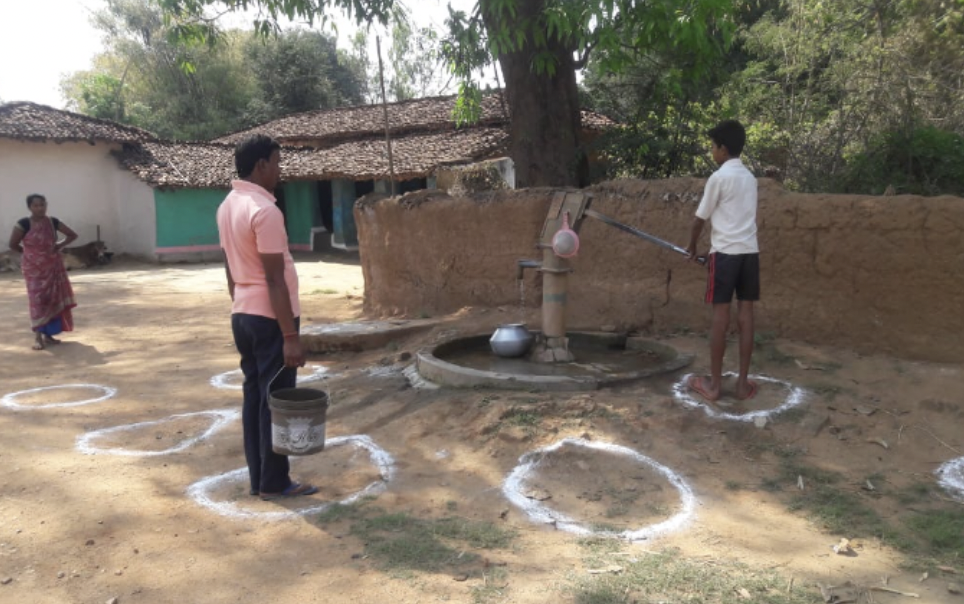
The unprecedented spread of the COVID-19 virus has presented a threefold crisis worldwide – public health, economic and socio-psychological; a truly population scale problem. The reverse migration triggered by the sudden announcement of the lockdown in India poses a huge challenge for the scores of migrant workers trying to get back to the safety of their homes in their native villages. While stoppage of transport services, loss of wages and abysmal social security in the urban areas is making the journey arduous, situations of grave hunger and possible ostracisation awaits them at home.
It is expected that the unprecedented nature and scale of the epidemic will have a long term and wide spread impact on livelihoods and natural resources like water. Thus, it is important to create a reliable channel of communication that allows collection, collation and analysis of factual data and information to flow that will augment the government and civil society’s efforts for targeted intervention in a proactive manner, even as the crisis unfolds across the country. This information will be critical to first understand the change on the ground and then realign the policies of government as well as strategy of funding and implementing organisations.
In this context, the consortium of 20 civil society organizations having a collective outreach of over 1.2 million families has reached out to the donor community including Arghyam for financial support as well as leveraging resources that can strengthen the consortium to be more effective in its work.
The consortium has come up with three-pronged response strategy as below:
- Direct Action – support to vulnerable communities, including migrant workers, through an existing cadre of 10,000 CRPs for raising awareness, support GPs, extend reach of government programmes, organize relief (food & medicines), support health workers with PPE/ quarantine facilities etc.
- Action Research – to generate usable knowledge for better understanding of the public health as well as the economic crisis both in the short and long term in rural areas. This would entail building contextual understanding in multiple geographies as well as various vulnerable communities, for designing and implementing effective coping strategies.
- Support to Elected Representatives and Policy Advocacy – to complement the efforts of the democratically elected representatives from the local self-government (GPs), MLAs/ MPs as well as Niti Aayog. This is for making relief and rebuilding efforts more community based, targeted and humane. The collective advocacy is aimed to inform policy of both national and state governments as well as for funding organisations.
Outputs
- Relief from the distress for rural poor community in 500 blocks (estimated population: 6,000,000 people)
- Better implementation of government policy and program related to COVID-19
- Documentation of the impacts of COVID and the lockdown on vulnerable population especially migrant labourers and old people
- Documentation of the best practices of the communities to cope with COVID and lockdown and associated learnings
- Learning related to livelihoods opportunities for migrant labourers and other rural population and ideas for new livelihoods strategy in the post pandemic situation
/our-works/rapid-rural-community-response-rcrc-covid-19-india